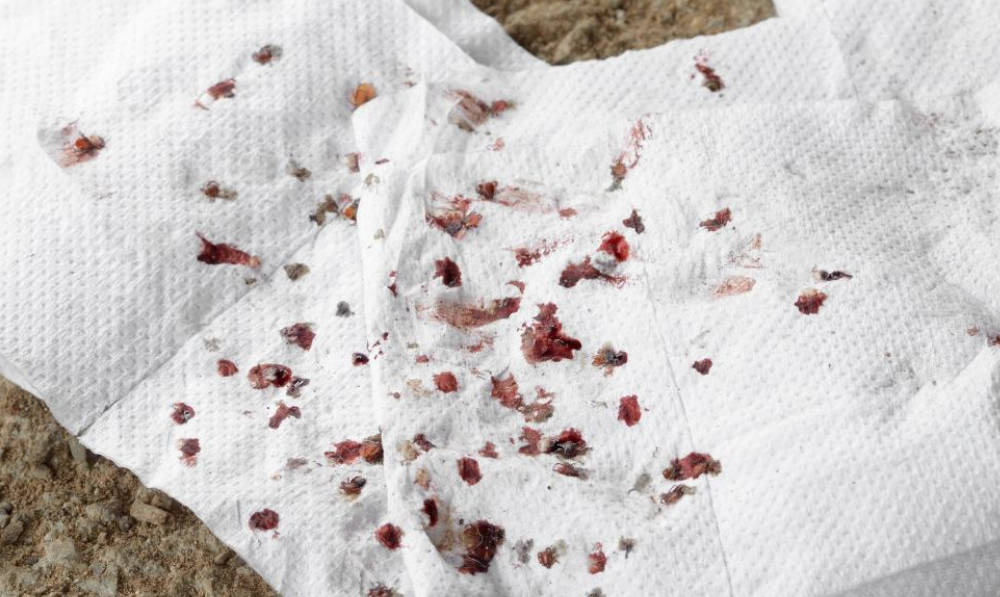KEY TAKEAWAYS:
Identify the Problem: Confirm the presence of fleas by spotting the insects, flea dirt, or signs of infestation like itchy bites on pets.
Treat Your Pets: Utilize appropriate flea treatments such as spot-on treatments, flea collars, or oral medications, following guidance from your veterinarian.
Thorough Vacuuming: Regularly vacuum carpets, rugs, and pet resting areas to eliminate adult fleas, larvae, and eggs, disposing of the vacuum bag immediately afterward.
Wash Bedding and Linens: Wash pet and human bedding in hot water with detergent to effectively kill fleas and their eggs, and dry on high heat settings.
Use Flea Control Products: Employ flea foggers, sprays, or powders to target fleas in your home, following instructions carefully and ensuring safety around pets and children.
Fleas can turn your home into a battleground if left unchecked.
These tiny, resilient pests not only make your pets miserable but can also cause discomfort to you and your family.
If you’ve noticed the telltale signs of fleas – itchy bites, scratching pets, or even the sight of these tiny creatures hopping around – it’s time to take action.
Here’s a comprehensive guide on how to effectively get rid of fleas in your home.
1. Identify the Problem
Before you can tackle the flea infestation, you need to confirm that it’s fleas causing the issue. Fleas are small, dark brown insects that are typically around 2.5 mm in length.
They can often be seen jumping on pets or lingering in areas where pets frequent. Look out for flea dirt, which looks like small black specks and is actually flea excrement. You may find it on your pet’s skin or in areas where they rest.
2. Treat Your Pets
Fleas often hitch a ride on your pets and make themselves at home in their fur. Treating your pets is a crucial step in the process of eliminating fleas from your home.
There are various flea treatments available, including spot-on treatments, flea collars, oral medications, and flea shampoos.
Consult with your veterinarian to choose the most appropriate treatment for your pets based on their health status and the severity of the infestation.
3. Vacuum Thoroughly
Vacuuming is an effective way to remove adult fleas, larvae, and eggs from carpets, rugs, upholstery, and other surfaces. Pay special attention to areas where your pets spend the most time, such as their bedding and favorite resting spots.
After vacuuming, immediately dispose of the vacuum bag or empty the canister into a sealed plastic bag and dispose of it outdoors to prevent fleas from re-infesting your home.
4. Wash Bedding and Linens
Wash all pet bedding, human bedding, and any other washable fabrics in hot water to kill fleas and their eggs. Use the highest temperature recommended for the fabric and add a mild detergent.
After washing, dry the items on the highest heat setting possible. This will help eliminate any fleas or eggs hiding in the fabrics.
5. Use Flea Control Products
In addition to treating your pets, you may need to use flea control products to target fleas in your home. There are various options available, including:
Flea Foggers or Bombs: These release a fine mist of insecticide that penetrates cracks, crevices, and other hard-to-reach areas where fleas may be hiding.
Flea Sprays: These can be applied directly to carpets, upholstery, and other surfaces to kill adult fleas, larvae, and eggs.
Flea Powders: Sprinkle flea powder on carpets, rugs, and other surfaces, and then vacuum it up to eliminate fleas.
Always read and follow the instructions carefully when using flea control products, and ensure that they are safe for use around pets and children.
6. Treat Your Yard
Fleas can also be present in your yard, especially if your pets spend a lot of time outdoors. To prevent re-infestation, treat your yard with a flea control product specifically designed for outdoor use.
Focus on areas where your pets spend time, such as their favorite lounging spots. Regularly mow your lawn and remove any debris or leaf litter where fleas may thrive.
7. Follow Up
Getting rid of fleas completely may require multiple treatments and ongoing prevention efforts. Monitor your home and pets regularly for any signs of fleas, and take prompt action if you notice any resurgence of the infestation.
Continue with preventive measures, such as regular vacuuming and flea treatment for your pets, to keep fleas at bay.

